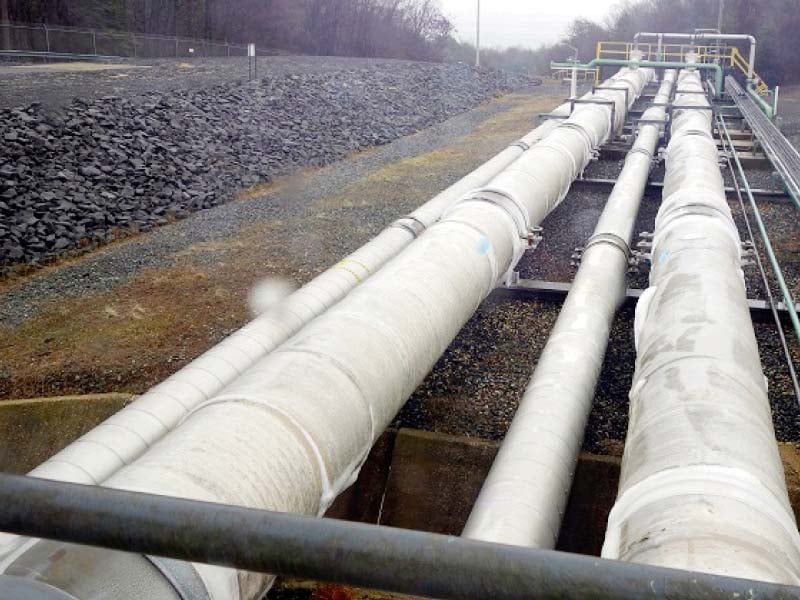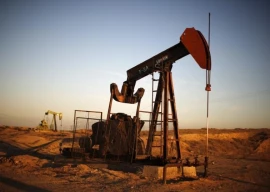
Earlier, the Cabinet Committee on Energy, chaired by former prime minister Nawaz Sharif, had shelved the liquefied natural gas (LNG) pipeline project, apparently succumbing to pressure from Saudi Arabia.
Saudi Arabia, which has cut diplomatic and economic ties with Qatar due to the latter’s alleged support for terrorism, also forced Pakistan to sever its relationship with Qatar and Iran.
Giving in to the immense pressure, the Cabinet Committee on Energy put the Gwadar LNG pipeline project on the back burner, believing that the move would stave off the threat from Riyadh.
Gwadar LNG pipeline: Finance ministry supports sovereign guarantees
The energy committee only cited the higher cost estimated at $2.3 billion for setting aside the project. However, according to officials, the cost also included $600 million in duties and taxes.
Now Prime Minister Shahid Khaqan Abbasi, who was petroleum minister earlier, has signalled that the project would be taken up for review because of its strategic importance.
The Ministry of Energy has consistently pressed the government to add this project to the China-Pakistan Economic Corridor (CPEC), but to no avail.
In support of the project, officials pointed out that several new industrial zones, which would be set up along the CPEC route, would require gas and that was why the government wanted to build the pipeline.
Under the plan, an LNG terminal will also be set up at Gwadar Port for handling and processing LNG imports, which would boost economic activity at the seashore.
Pakistan was required to lay the Iran-Pakistan gas pipeline by December 2014, but international sanctions on Iran for its alleged nuclear programme - a claim which Tehran forcefully rejects - prevented Islamabad from pressing ahead with the plan.
Now, the government plans to connect the Gwadar LNG pipeline to the Iranian border if all restrictions are removed.
Officials insisted that the project was feasible even in the absence of Iranian gas flows as it would have an LNG terminal at the deep-sea port of Gwadar, where two LNG ships could be berthed at a time.
They described the Gwadar LNG pipeline as very important, which would serve as the right of way for the Gwadar-Nawabshah gas pipeline for which all necessary approvals were in place including the issuance of a notification under Section 4 of the Land Acquisition Act 1894.
LNG supply: Gwadar terminal, pipeline project stuck on paper
The route had been the same for the Iran-Pakistan pipeline, which was finalised after a comprehensive front-end engineering design and feasibility study by an international engineering consultant, and it would be extremely difficult to win approval for the route once it is abandoned.
Published in The Express Tribune, September 6th, 2017.
Like Business on Facebook, follow @TribuneBiz on Twitter to stay informed and join in the conversation.












































COMMENTS
Comments are moderated and generally will be posted if they are on-topic and not abusive.
For more information, please see our Comments FAQ